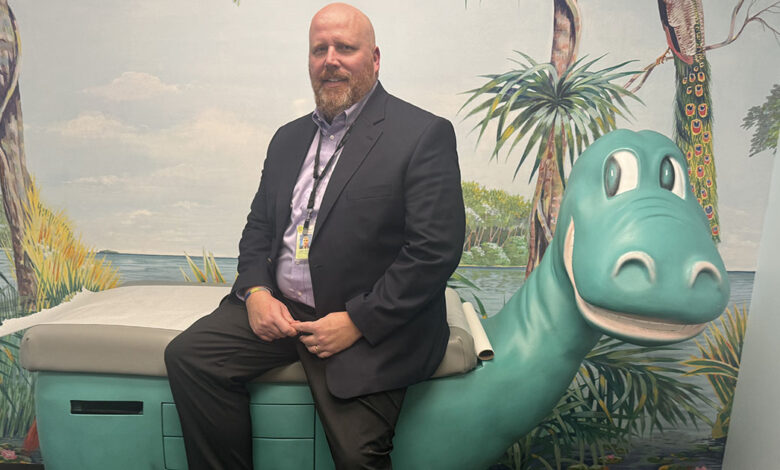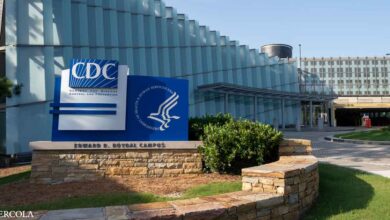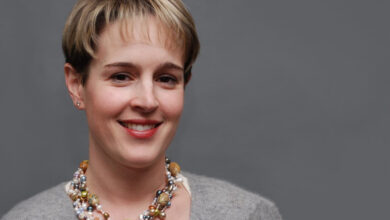EHR migration pays big dividends for Oak Orchard Health


During the COVID-19 pandemic, Oak Orchard Health, based in Brockport, New York, was growing. In July 2020, it acquired a private practice that consisted of three offices, which were using a different EHR (Medent) then Oak Orchard’s eClinicalWorks platform.
To enable the quick transition after the acquisition, Oak Orchard kept the practice on Medent and implemented procedures and workflows to be able to work around the differences. The goal was to provide a consistent patient experience across the organization.
THE PROBLEM
“Very quickly we discovered we had to implement many procedures and workflows just to be able to complete a patient visit,” said Jason Kuder, CIO at Oak Orchard Health. “The very first one was while staff used Medent for the everyday visit. Each patient that was seen from that point on at every encounter would manually be created in eCW so we could get claims out the door.
“So, an active patient would essentially have two accounts: one in Medent for the patient chart and one in eCW for billing,” he continued. “The longer we stayed with two EHRs, the more we realized no matter how many procedures or workflows we put in place, these three offices would be isolated. We were no longer able to flex our resources across our organization.”
To be proficient in both Medent and eCW was an impossible task for providers busy seeing patients – and a support nightmare, he added. Over the years the organization became siloed. Hiring became more difficult since providers were often not trained in either EHR.
“We also ran into problems with everyday reporting, but more importantly, it made it even more difficult to report out for UDS,” Kuder explained. “FQHC health centers are required to submit every February, and this was a major hindrance for us.
“Retrieving data out of two EHRs and combining the data sets to be able to report for UDS has been a major struggle each year since acquisition,” he continued. “Patients could be in both systems, or in just one. How they are documented is very different, resulting in long data validation sessions – a huge operational lift for our organization.”
PROPOSAL
Financially, Oak Orchard Health could not throw any more bodies at this problem. Worse than that, staff morale was at an all-time low. With a large turnover in senior leadership, the new CEO made it the No. 1 priority to get the new practice’s three sites onto eCW with the rest of the organization.
“We felt if we could get everybody onto the same EHR we would all be talking the same language,” Kuder said. “We would have an easier time implementing new technologies, companywide procedures and workflows.
“Having multiple medical record platforms affects everybody in the organization – from how we route the inbound calls to how we document in a patient’s chart,” he added. “Having everybody working from the same EHR would allow us to be able to provide a more consistent patient experience.”
MEETING THE CHALLENGE
When health IT professionals talk about migrating to a new EHR, most focus on the data that needs to be migrated from one location to the other, Kuder noted.
“It is far more complex than that,” he stated. “The hardest part in my opinion is trying to train staff on the new EHR. It wasn’t as easy as where to document a patient’s height and weight, for example. The entire patient appointment workflow would have to change.
“The analogy I have used for this project is trying to change out an airplane’s engine while it is in flight,” he continued. “The patients don’t stop needing to be seen just because you are going to change EHRs. We had to work on a plan to train all staff, configure new facilities in eCW, and migrate the data from Medent to eCW, all while not interrupting patients’ schedules.”
From the data side, staff had to work with Medent to provide Oak Orchard with all the patient data that was in the EHR. Staff then had to provide it to eCW so they could provide Oak Orchard with a map of how the data would be ingested.
“Since the EHRs used different terminology, this was a painstaking and tedious task, going line by line for each attribute from Medent to what it is called in eCW,” Kuder recalled. “Once this portion was completed, we then would perform a test migration in a test environment. We then would go through hundreds of patient charts, making sure the data that could be migrated was put into the correct locations in eCW.
“While that team was working on the data side, there was another team working on the training side,” he continued. “We first started by enrolling all the staff of those three offices into eCW University online classes based on their role. This allowed them to be able to get some of the initial training when they had available time.”
Oak Orchard enlisted some of its eCW super users to travel to the new practice’s sites to provide hands-on training. And it sent staff from the Medent sites to Oak Orchard sites to see how eCW works live.
“Once we validated the data looked good and that training was done, we planned for a weekend where we would take the data from Medent and migrate it into our production environment of eCW,” Kuder explained. “Staff essentially used Medent for the last time on a Friday and began using eCW on a Monday. All of this happened without offices closing.”
RESULTS
One of the major successes has been staff satisfaction. For three years, Oak Orchard had been duplicating work. The front desk staff in those offices now do not have to enter data into two EHRs. The finance department doesn’t have to take information out of one EHR and input it into another to get claims out the door.
“On top of that we have been able to reduce our operational costs associated with this duplication of work,” Kuder reported. “We have been able to help reduce staff burnout because we have gained the flexibility with our staffing in that we can deploy them anywhere we need them to be without having to worry about which EHR is being used.
“The transition to eCW has allowed us to become unified as a system and share information in a more efficient fashion, which ultimately saves time and provides patients with better care,” he continued. “We now are talking the same language and working the same procedures and workflows across all of our offices. This alone has allowed us to launch new services like self-check-in.”
Oak Orchard also is now in the process of implementing kiosks at all of its sites. None of these things would have been possible if it were still on two EHRs, Kuder added.
ADVICE FOR OTHERS
“If you are ever in an acquisition situation and you are bringing on facilities on a different EHR, I would advise migrating those new offices to your existing EHR as part of the acquisition,” Kuder said. “The longer you try to maintain two EHRs, the harder it will be to transition. On top of that, patients’ experiences will be impacted twice instead of just that one time.
“Plan more time than you think you need for a project like this,” he continued. “Since the EHR is the No. 1 application for a provider organization, making sure you have done all your due diligence will allow for a smoother migration.”
When validating data, get as many eyes on it as possible, he added.
“There are hundreds of different attributes for a single patient, and the more people you can validate to make sure the data migrated correctly, the more complete the charts will be,” he concluded.
Follow Bill’s HIT coverage on LinkedIn: Bill Siwicki
Email him: [email protected]
Healthcare IT News is a HIMSS Media publication.




